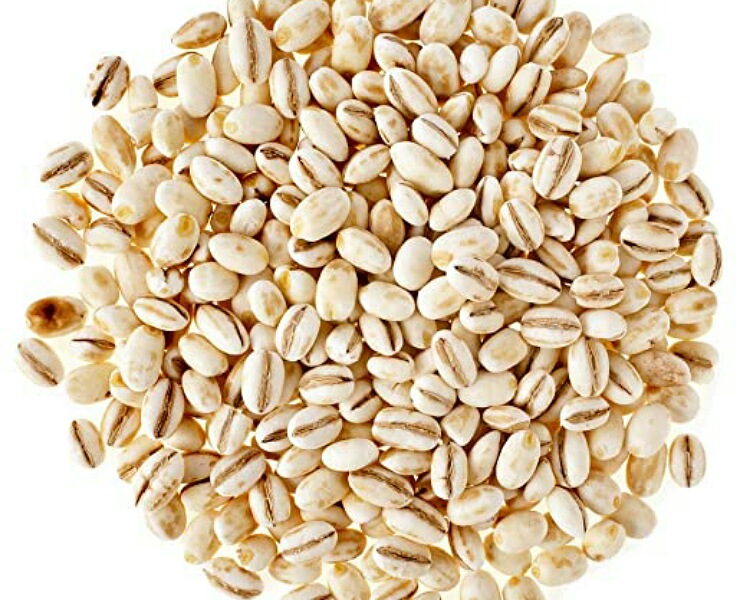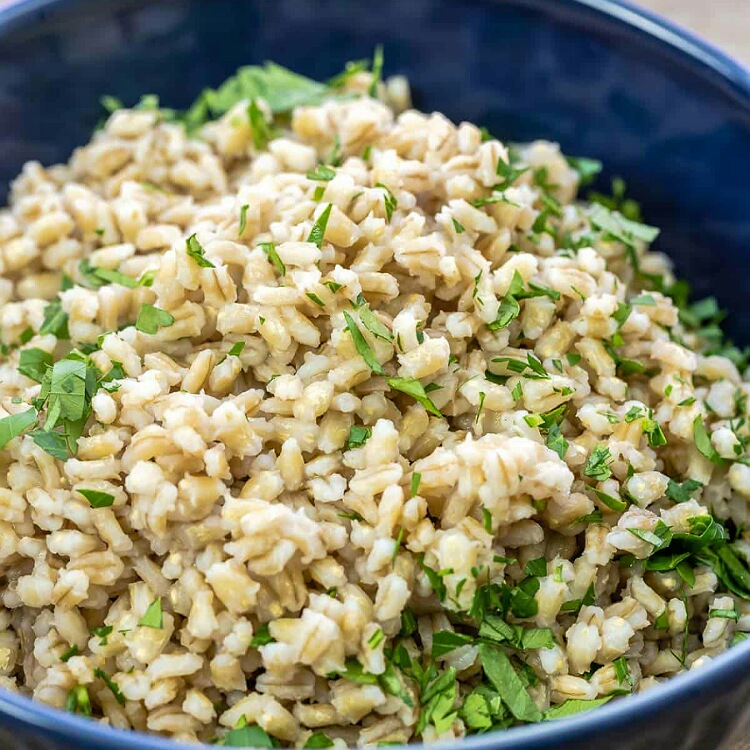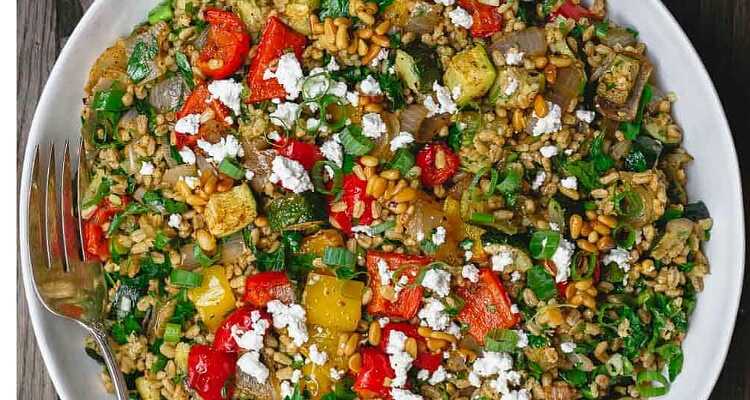Barley is widely consumed in temperate regions of the world. This cereal grain is highly nutritious with lots of health benefits.
Barley cereal grain
Barley cereal grain belongs to the grass family. It is also called Hordeum vulgare. Commonly grown in temperate regions of the world, it is the widely consumed cereal in the USA. It is the first cultivated cereal. This was around 10000 years ago in Eurasia.
Additionally, it has a lot of health benefits. But surprisingly, 70% of the world’s produce goes for animal fodder and 30% is a source for making of beer, other distilled beverages, and as components in certain foods.

Often barley is made into malt. One can add it to stews or soups and can make barley bread of it. In 2017, it was fourth on the list in terms of production in the world after wheat, rice, and maize. It has a chewy consistency and a mildly nutty flavor.
Nutritional facts about barley
Barley can be eaten whole. This is dehulled meaning thereby that its outer inedible husk is removed. It has its bran and germ layers intact. On the other hand, pearl barley is one in which the bran is absent.
Cooked barley consists of 69% water with 28% carbohydrates and 2% protein. Fat in this is a mere 0.4 grams. 100 grams of cooked barley has 123 calories.
It has high dietary fiber, niacin, iron, manganese, and other dietary minerals. The health benefits of barley are numerous and listed below.

Full of beneficial nutrients
Barley has minerals, vitamins, and plant compounds or antioxidants. When consumed whole with the bran it is high in fiber and manganese, selenium, molybdenum, copper, vitamin B1, phosphorus, chromium, niacin, and magnesium. It has lignans that can lower cancer and heart disease rick.
It has anti-nutrients as well that disturb digestion and absorption. One can reduce these by soaking and sprouting.
Weight loss grain
This grain has high fiber. It fills the stomach and reduces hunger. This aids weight loss. Its soluble fiber, the beta-glucan particularly helps in this feeling of fullness because it forms a gel in the stomach.
Boosts digestion
Its insoluble fiber helps in intestinal health. It adds bulk to the stools. increases intestinal motility and prevents constipation.
The soluble fiber is food for the good bacteria of the gut. These feed on it and produce short-chain fatty acids. The gut cells take this up and reduce inflammation.
Reduces formation of gallstones
The insoluble fiber present in barley helps prevention of gall stones formation and needs gall bladder study. Various studies done on it support this fact.
This cereal grain lowers blood cholesterol
The beta-glucans of barley reduce blood cholesterol. Compared to whole wheat and brown rice, this effect of barley is much more. It raises good HDL cholesterol and reduces triglycerides as well.

Minimizes heart disease risk
The soluble fiber lowers blood pressure and the beta-glucans lower cholesterol. This adds to producing a healthy heart.
Reduces risk of diabetes
It improves insulin secretion and lowers blood sugar. Its high magnesium and fiber help in preventing high blood sugar spikes.
Lowers risk of colon cancer
This is due to the high fiber. This prevents constipation and regulates bowel motility. This protects against colon cancer. It also has phytic acid, phenolic acid, and saponins. These reduce colon risk as well.
Cheap and versatile cereal grain
Also, read Recipe for Vegetable Barley Soup, Recipe, Ingredients
Barley is affordable and one can easily cook it into a variety of different dishes. One can add it to stews, soups, salads, or make bread of it.
One can have it as a warm cereal breakfast. Additionally, one ne can make barley pudding or desserts including ice creams with it.
